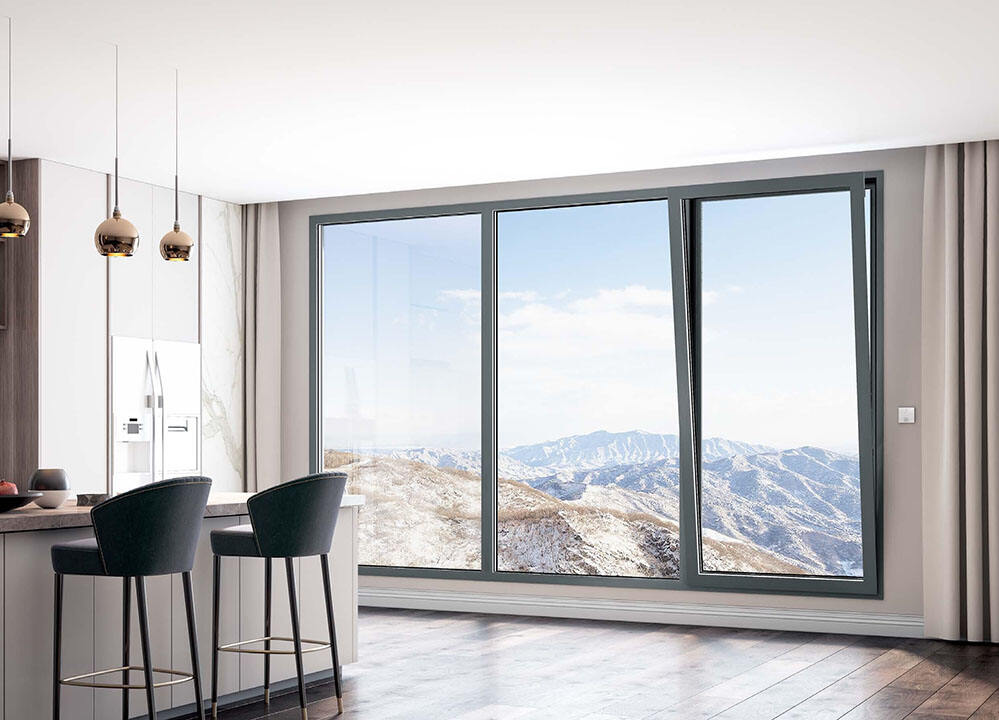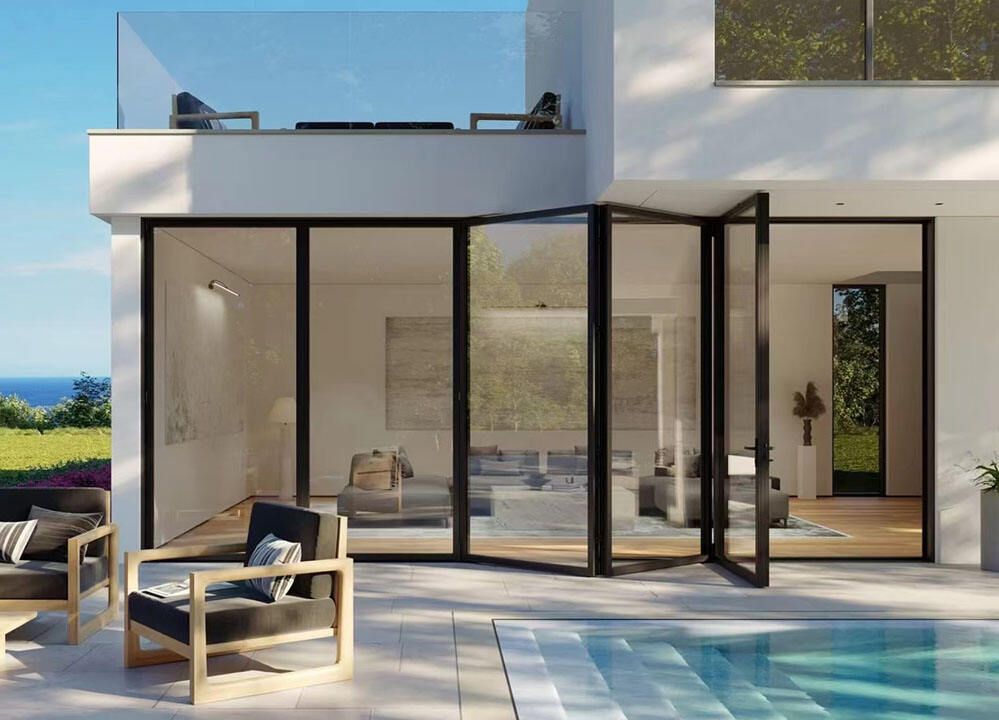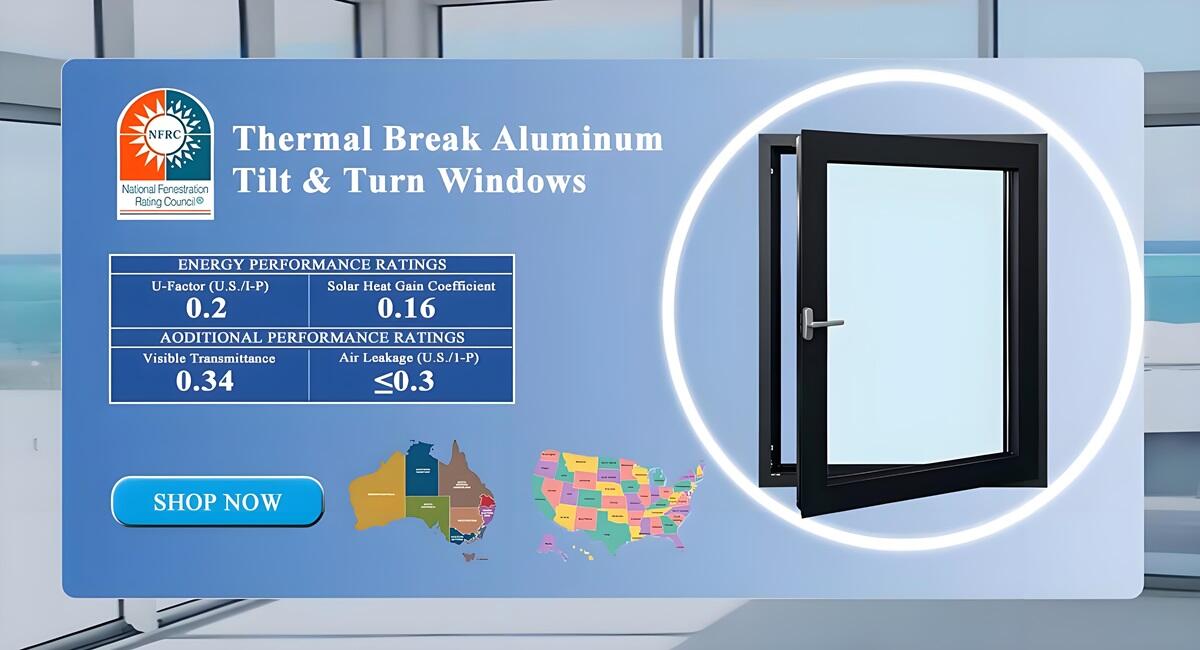When you're in the market to replace your windows, you'll likely encounter the terms "high" and "low" U-values. But what do those words really mean? This article will explain what those numbers mean and why they matter when it comes to keeping your house comfortable and the energy bills lower. Knowing this can aid your decision making when choosing windows for your home.
What is a U-Value?
U-values are the units that indicate how much heat passes through a window or other material. You can think of it as a score that indicates how well a window retains heat in during winter and keeps it outside during summer. A window with a low U-value is good at preventing heat from moving in (or out). This is extremely important to maintain comfort in your home.
In the case of a window that has a high U-value, it is easy for heat to pass through the window during the winter, leaving you with a chillier home. BUT in summer, high U values also mean heat can come into your property making it feel hot! Low U-values indicate the window does a far better job of holding heat inside when it's cold outside and keeping heat out when it's hot outside.
High vs. Low U-Values
U-values differ depending on the type of window. In general, if your windows' U-values are over 0.30, that means they are high and ineffective at keeping the heat in your house. For the U-values, low is anything under 0.20 — so the lower the better when it comes to insulating your home.
For example, a single-pane window, or a window with only one piece of glass, may have a U-value anywhere from 0.50 to 1.00. That means it isn't particularly good at holding the heat in on cold days. By contrast, a double-pane window, with two layers of glass and a gap between them, can have a U-value under 0.30. This kind of window does a much better job of keeping your home comfortable in extreme heat or cold.
This is because the U-values have a great impact on the energy consumption of your home, especially when windows have a very high U-value. For instance, a house with windows characterized by high U-values loses heat during winter. This means that the heater has to work harder to keep your house warm. Thus, you might experience some surges in your energy-driven bills due to increased usage of your heating system to maintain an amicable temperature level.
In the summer, poor insulation on your windows can also let heat inside your home. Then, of course, your air conditioning has no choice but to work harder to cool everything down. This can then be translated into a higher energy bill because your cooling system is using more energy in a fight to battle the heat that enters.
Conversely, low U-value windows help keep your energy costs low. They reduce the amount of heat that enters through the windows, which means maintaining a constant and comfortable temperature in your home all year round. This allows you to have a warm house during winter and a cool house during summer without paying too much on your energy bills.
Things to Think About
When choosing new windows, there are a few important factors to understand in relation to U-values.
Weather: For a colder region, the choice of windows must be lower in U-value. In cold weather, it is able to maintain the heat in your home. For a warm region, one may require those windows which do not let so much heat in, so your home will not get so heated.
Window Orientation: The direction that your windows face could also impact their U-values. For instance, south-facing windows catch plenty of sun, which might heat your home. You may need windows with lower U-values or some shading options to keep too much heat out during the warmer months.
U-values can also depend on the frame material: - As one example, wooden frames typically provide better insulation than aluminum frames, which allow more passing heat through.
Choosing Low U-Value Windows
Low u-value windows are a great step if you are looking to improve the insulation and energy efficiency of your home. The type of windows you choose will greatly affect your energy usage-assessments and comfort within home should you choose many various high-end windows that can purchase at MINGLEI.
For windows we offer double-pane and triple-pane, and even lowE coatings special gas filled space between panes. These characteristics further minimize heat transfer. And our windows are also available in several frame materials, such as wood, fiberglass, and vinyl. So you can select the ideal combination for your abode.
Therefore, you will have a more energy-efficient and comfortable home with MINGLEI windows that offer low U-values. You are likely to find lower utility bills as these windows maintain the comfort temperature inside. Other benefits such as fashionable design and performance durability mean that you will be enjoying the advantages of an insulated house for years to come.
In conclusion, learning about U-values will help you choose replacement windows for your house. Choosing windows with low U-values can keep your home insulated, saving you money on energy bills and making your home a enjoyable place to live. Call MINGLEI Now For a Low U-Value Window Today!
 EN
EN
 AR
AR
 CS
CS
 DA
DA
 NL
NL
 FI
FI
 FR
FR
 DE
DE
 EL
EL
 HI
HI
 IT
IT
 JA
JA
 KO
KO
 PL
PL
 PT
PT
 RU
RU
 ES
ES
 SV
SV
 IW
IW
 ID
ID
 LV
LV
 LT
LT
 SR
SR
 SK
SK
 SL
SL
 UK
UK
 VI
VI
 ET
ET
 HU
HU
 MT
MT
 TH
TH
 TR
TR
 FA
FA
 MS
MS
 GA
GA
 HY
HY
 UR
UR
 BN
BN
 GU
GU
 TA
TA














